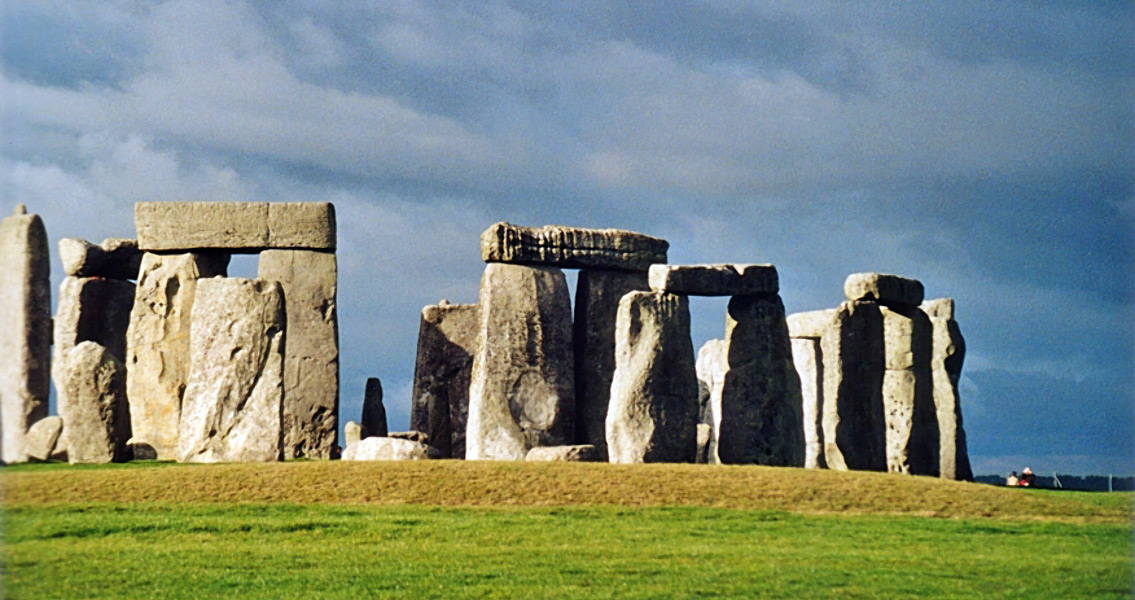<![CDATA[The skeleton of a teenager dated back 4,000 years holds secrets about life in Bronze Age southern Britain that scientists are now hoping to uncover. The body was unearthed in Marden Henge, Wiltshire, some 24 km from Stonehenge and also near another famous Bronze Age site, Avebury. The child was buried in the fetal position, with an amber necklace. The body, around 1.50 m in height, will be examined so the researchers, led by archaeologist Jim Leary from the University of Reading, can determine the gender of the child, the cause of death and the time of burial. In addition, analysis of its teeth could provide insight into the diet of people who lived in the area 4,000 years ago. Speaking to the Daily Mail, Leary said the skeleton was a “wonderful discovery” that could tell archaeologists a lot about the lifestyle of people who lived near Stonehenge in its heyday. Marden Henge is also considered to have been an important site, a burial complex and possibly the largest ceremonial site in Bronze Age England, and it’s an interesting question as to whether Stonehenge, Marden Henge, and Avebury “competed against each other or were used for different rituals by the people who lived near them", Leary added. Near the body the researchers discovered an abundance of artefacts, including blades, arrowheads made from flint, some decorated pottery, and bracelets made from shale and copper. The team is now working on excavating the remains of a building in Marden Henge, in the hope of finding out more about this site that has so far remained mostly shrouded in mystery. Scientists are still debating what the purpose of Stonehenge was, but based on human remains discovered in the area it seems that it was such a famous place that people traveled to it from hundreds of miles away. Avebury, another henge, consisting of three circles of standing stones, is part of what English Heritage calls a “huge sacred landscape”, but its purpose also remains unclear. It is the largest complex of standing stones in Europe. Marden Henge, also called the Hatfield Earthworks, in the Vale of Pewsey, is the largest of the three sites. It was built around 2,400 BCE and, according to the University of Reading, is among the most important archaeological sites in Britain and at the same time among those that almost nothing is known about. Jim Leary calls it “a relatively untouched archaeological treasure-chest under the shadow of one of the wonders of the world.” He added, in a press release announcing the start of excavation works last month, that whoever used the building at Marden Henge could see up close how Stonehenge was built and may have even taken part in the transportation of the stones. Overall, the aim of the excavations is to glean new information about how the prehistoric and historic communities that occupied the area over the centuries lived. Image courtesy of Wikimedia Commons user: Frederic Vincent]]>
Bronze Age Skeleton Holds Secrets to Life Near Stonehenge
